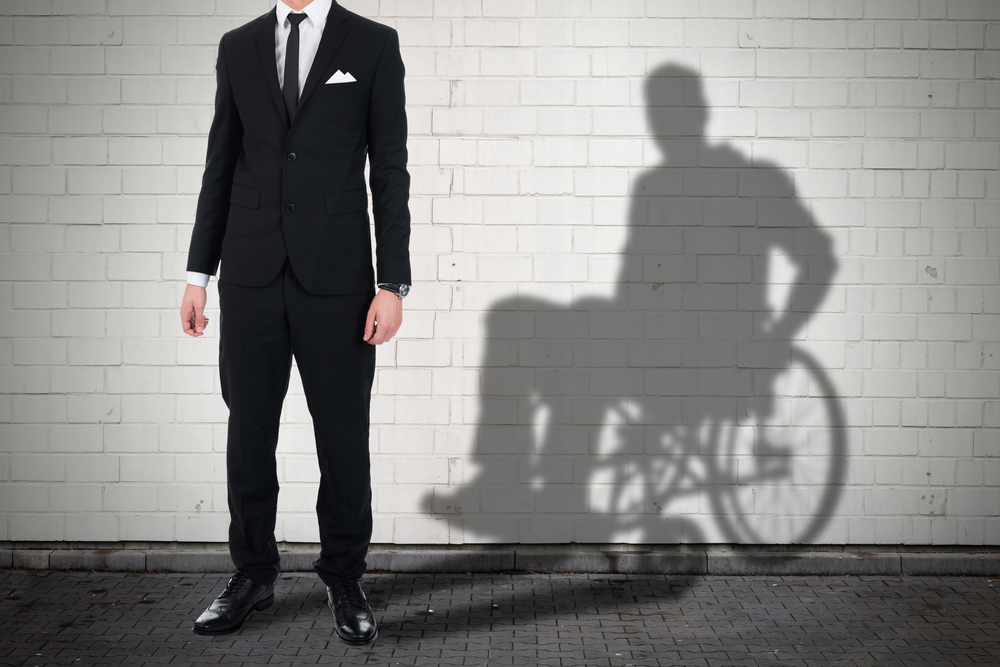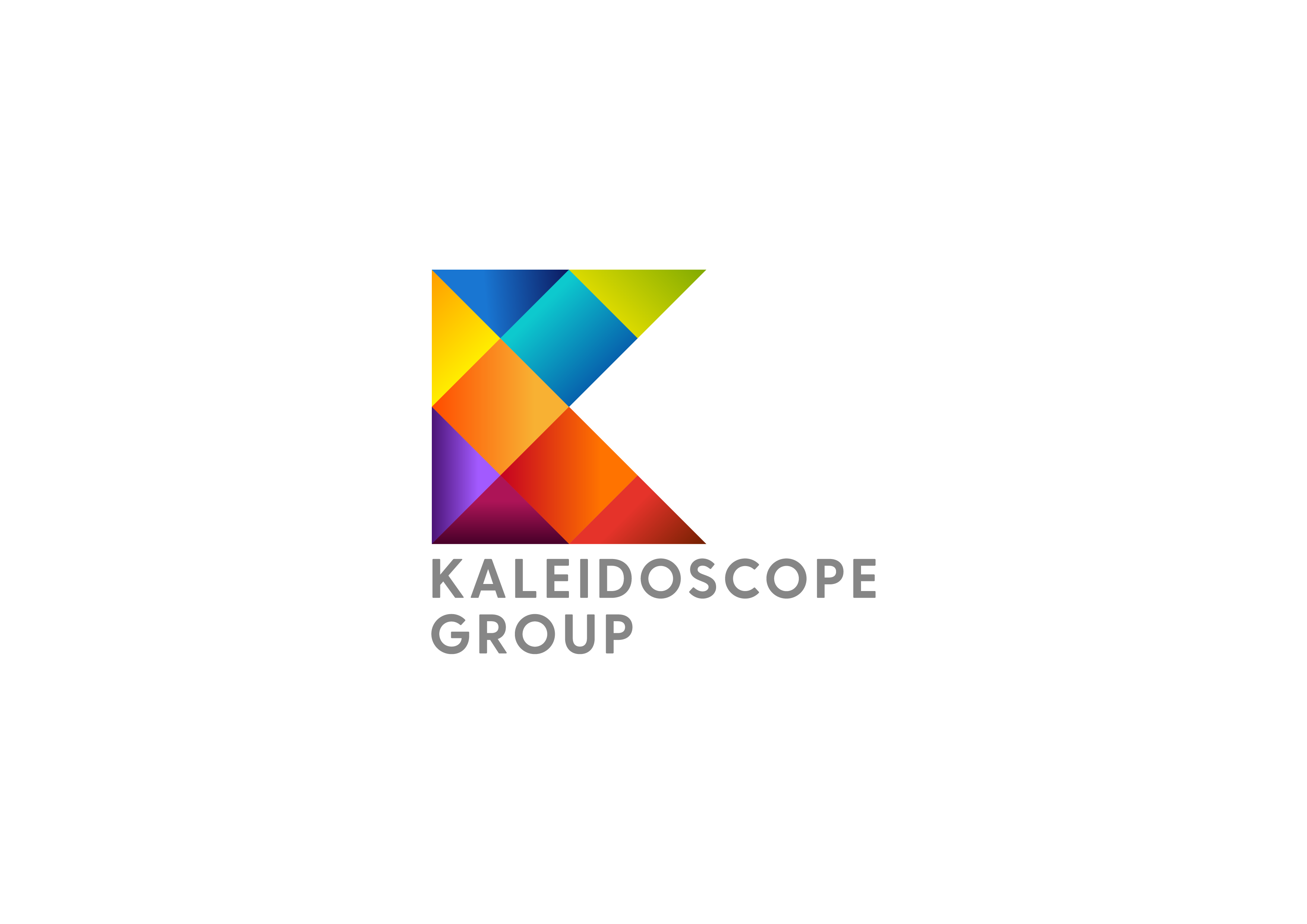
When you meet someone, you cannot possibly understand their talents unless you communicate effectively and really understand what is within. Every person in our world has strengths and weaknesses. In our one world, we are of one blood colour, but we must explore to find the hidden gems of life.
A person is considered to have a disability if he or she has difficulty performing certain functions (seeing, hearing, talking, walking, climbing stairs and lifting and carrying), or has difficulty performing activities of daily living, or has difficulty with certain social roles (doing schoolwork for children, working at a job and around the house for adults).
Invisible disabilities, also known as Hidden Disabilities or Non-visible Disabilities, are disabilities that are not immediately apparent. Typically, they are chronic illnesses and conditions that significantly impair normal activities of daily living.
Living with these conditions can make daily life more demanding for many people. They affect each person in different ways and can be painful, exhausting, and isolating. Without visible evidence of the hidden disability, it is frequently difficult for others to acknowledge the challenges faced and consequently, sympathy and understanding can often be in short supply.
Examples of Hidden Disabilities Include:
- Autism and Asperger’s Syndrome Brain injuries
- Crohn’s disease
- Chronic Pain or fatigue
- Cystic Fibrosis
- Depression
- ADHD
- Bipolar Disorder
- Schizophrenia
- Other mental health conditions including anxiety, depressions, personality disorders, obsessive-compulsive disorder
- Diabetes
- Epilepsy
- Cognitive impairment, including dementia, traumatic brain injury, or learning difficulties
- Dyslexia
- Language process disorder
- Lupus
- Rheumatoid Arthritis
- Visual Impairments, Restricted Vision and Auditing disabilities (without glasses and hearing aids).
- Hearing Loss
- Sensory and processing difficulties
- Respiratory conditions and incontinence
This list is not inclusive or exhaustive…. allergies; arachnoiditis; Asthma; Charcot Marie Tooth disease; chronic fatigue syndrome; Coeliac Disease; Ehlers Danlos Syndrome; Endometriosis; Fibromyalgia; Food allergies; Fructose malabsorption; Hyperhidrosis; Hypoglycaemia; Irritable bowel syndrome; Lyme Disease; Migraines; Multiple Sclerosis; Narcolepsy; Schnitzler’s syndrome; Scleroderma; Ulcerative Colitis.
How to Test for a Hidden Disability
People with non-visible disabilities want to be treated with respect and as individuals just like people with visible disabilities and the general population. Even though you cannot see evidence of a disability, the disability still exists.
Nobody must tell you they have a disability or even explain what it is. People can choose to keep this private. Some people may choose to wear a lanyard or carry a badge to show they have a non-visible disability. It shows they may require extra support whilst travelling or shopping or working. Other people with non-disabilities prefer not to do this. Some people may wear a different lanyard or badge to alert you to their disability or ‘impairment’.
Many disabled people self-identify in different ways. There are several ways of talking about non-visible disabilities. Some people with disabilities that are not obvious prefer the phrase ‘non-visible. This is because the word ‘invisible’ can erase the legitimacy of the disability or imply the disability does not exist.
‘Hidden disability’ can imply a person is hiding their disability on purpose. ‘Less-visible disability’ does not encompass those whose condition is completely non-visible. With non-visible disabilities, it is important to emphasise that even though the disability cannot be seen, it does not mean it does not exist. Some ‘non-visible’ conditions are visible or obvious sometimes. Also, they can be ‘seen by some people who might have a better understanding of the condition. But they are usually visible to others.
Non-visible disabilities are named this way because you cannot always easily see the nature of the disability. Some people with non-visible disabilities might use mobility aids, whereas others will not. Also, some people with non-visible disabilities might have a ‘dynamic disability’. This means that sometimes they might use a mobility aid, but other times they might not need it. Likewise, sometimes they might need to use a priority seat on busy public transport. Other times they may not feel they need to.
There is no qualifying list of hidden disabilities. If you have a hidden disability and feel that you would benefit from wearing a hidden disabilities sunflower product, please do. The hidden disabilities sunflower does not entitle you to anything other than that you have a hidden disability and that you may need some assistance, help or a little more time. It is not a pass to be fast-tracked nor for any other benefit.
- A hidden disability is a disability that may not be immediately obvious. Hidden Disabilities don’t have physical signs and include learning difficulties, mental health as well as mobility, speech, visual or hearing impairments.
- People might wear a hidden disability badge like a blue or sunflower badge.
- The government has embraced plans to improve accessibility across all modes of transport in the inclusive transport strategy, which aims to make the UK’s transport network fully inclusive by 2030. disabilityhorizons.com/2019/08/the-hidden-disabilities-sunflower-lanyard-scheme-that-is-helping-people-with-hidden-disabilities/ and https://hiddendisabilitiesstore.com/sunflower-lanyard.html.
- It is best not to assume what kind of support someone might need. Listening to the needs of disabled people and acting on them is the best course of action.
How to Apply for a Hidden Disability Lanyard
Simply pick up in a participating store, airport, station, or venue at a customer service desk or at a checkout. The lanyards are free, available to keep and you don’t need to provide proof of your disability. Alternatively, you can purchase one at a hidden disabilities store for 66 pence plus postage. www.hiddendisabilitiesstore.com
Hidden Disability Lanyard Scheme was developed by designers, Tabbers Limited alongside the OCS Group UK who provide support services to UK Airports. First launched in Gatwick Airport 2016. The scheme has successfully been introduced to several major UK airports, supermarkets, railway stations and sports venues including Sainsbury’s; International Airports; cinemas; shopping centres; Several NHS Trusts.
How can we Change Attitudes Towards Hidden Disabilities
During the COVID-19 pandemic, invisible disabilities have become a talking point, which is why it is important to raise awareness of them.
For example, in Tesco: The sunflower lanyard is available in all stores to customers who may have a hidden disability. By wearing one, our colleagues will know that you may appreciate a bit of help. www.tesco.com/zones/invisibledisability
- The support that can be provided with a lanyard includes:
- More time at a checkout
- Packing your bags
- Speaking face to face to allow lip reading
- Using clear and easy to understand language
- Help with hard-to-reach products
- Making others aware a person may be struggling or have behavioural issues
It is best not to assume what kind of support someone might need. Listening to the needs of disabled people and acting on them is the best course of action.
Non-visible disabilities and COVID 19
Some people with non-visible disabilities are more vulnerable or susceptible to COVID-19, but others are not. Some people with non-visible disabilities are exempt from wearing face-coverings. If you are exempt, you do not have to prove this to other people. Some people who have exemptions and a non-visible disability, want to demonstrate they are exempt.
There are several schemes that allow someone to do this. You could wear the sunflower lanyard pr card explaining you have a medical exemption from wearing a face covering. Schemes include:
- NHS App
- uk exemption templates
- Sunflower lanyard
- RNIB
- Macular Society
- National Autism Society
- Independent Living UK
At Kaleidoscope Group, we offer expert training, knowledge and guidance on all thing’s disability. From Kaleidoscope Recruitment for employers and employees to Kaleidoscope Advisory for a company-wide review assessing policies, practices, recruitment and hiring processes, leadership, monitoring, engagement and physical / environmental accessibility. Along with Kaleidoscope Investments in which we help grow disabled entrepreneurs and businesses originating from a disabled person. Contact us today with any questions you have.
